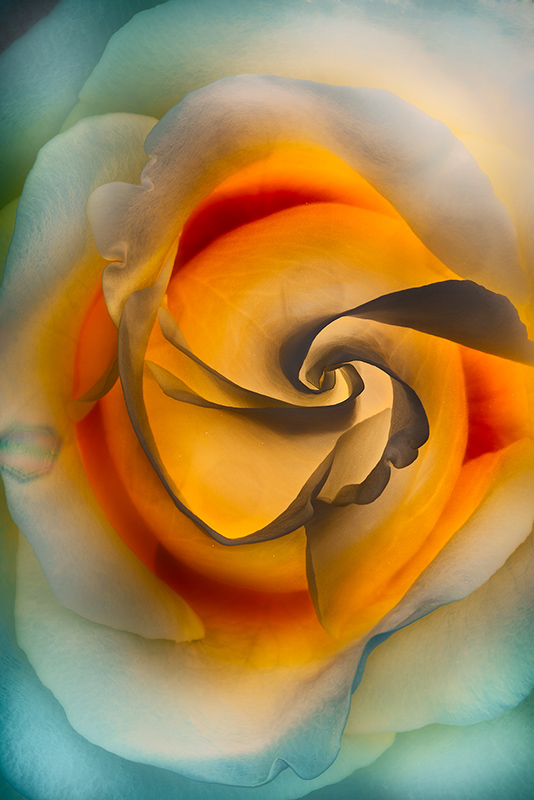At a recent lunch with my brother he reminded me how we both benefited from a classical education in the arts when we were young. I may not have got much of this stuff via formal education, but I sure was exposed to every layer of visual art history as a child thanks to my parents. Mostly, by seeing the stuff in person—from the paintings on the walls of the Caves of Lascaux to the museums with the “moderns” and everything in between.
To quote the dearly beloved and recently deceased Pete Seeger on the difference between education and experience, “Education is when you read the fine print; experience is what you get when you don’t.”
I’m not sure how this fits with being dragged through every museum imaginable as a wayward kid—probably more in the experience category—but even as a bored child it was hard not to fall hard for the impressionists at first encounter.

Anyhow, this wasn’t what I had in mind when I went to work on the photo of the pale rose (far below), but I do know enough to recognize the palette and patterns of the great geometric painter Sonia Delauney along with the sensuousness of a Georgia O’Keeffe floral—when they pop out at me in an image I’ve created.
You’ll note that the original image is rotated 90 degrees. The other effects come from a series of LAB adjustments—inversions and equalizations—applied using a variety of blending modes.

For a couple of other examples of this kind of thing, check out Mandalas from a Glass Bowl, Broken Arrow and Creating LAB Patterns, and also see my article on Photo.net, Using LAB Color Adjustments.
Meanwhile, I must report that there is a certain goodwill towards the world that comes about from consorting with one’s fraternal sibling when both brothers are “of a certain age” with receding hairlines and cares and children of their own, and fondly reminiscing about some of the unique aspects of our culturally rich—and radically eclectic (or maybe eclectically radical)—upbringing.
Pingback: Photographer as Poet